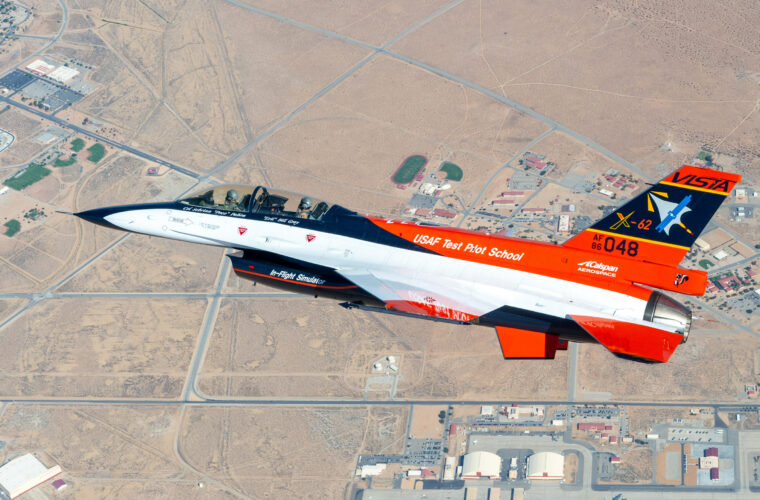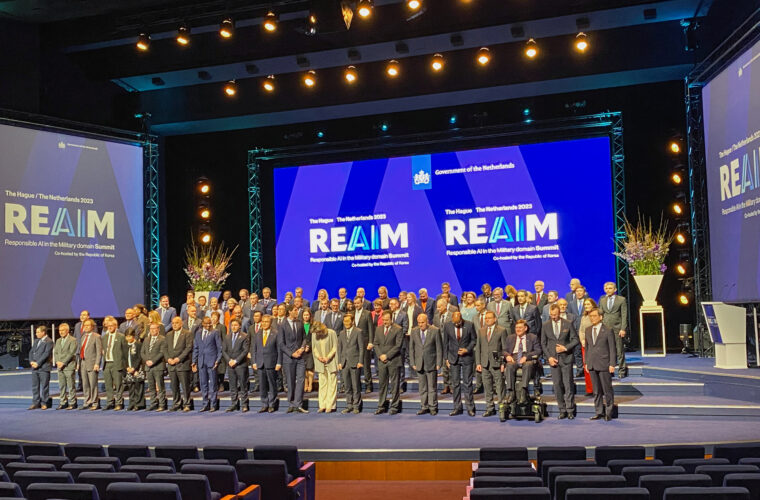Military Technology: Camero-Tech has developed the Xaver 1000, a next-generation portable, high-performance imaging device that allows soldiers to see through walls.
Xaver 1000 uses Artificial Intelligence technology, and the Israeli firm has officially added this innovative device to its product line.
According to the Camero-Tech, Xaver 1000 offers unmatched operational capabilities to armed forces, intelligence units, law enforcement agencies, and first responders.
AI-based military technology
The Xaver 1000 has an AI-based tracking algorithm of live targets and its own 3D ‘Sense-Through-The-Wall’ capability, enabling it to detect and see people or static objects behind walls or obstacles. Live objects can be seen in high resolution down to the level of specific body parts. This includes whether an object is sitting, standing, or lying down, even after they have been stationary for a long period.
“The XaverTM 1000 determines the most suitable approach to ensure successful life-saving missions in a variety of operational scenarios, such as hostage rescue situations,” says Amir Beeri, CEO and founder of Camero. “A high-resolution 3D view and other powerful tools of the system provide an exceptional level of situational awareness. Being able to achieve a high level of sensitivity, the Xaver™ 1000 is a true game-changer for special forces and law enforcement teams conducting urban and rural operations that require reliable information regarding hidden live objects.”
Simple use
Although Xaver 1000 is based on highly sophisticated technology and advanced algorithms, it has a simple user interface for intuitive interpretation. The company has embedded a 10.1’’ touchscreen display to control the device. The display featured easy menu navigation and integrated data recording and playback for post-mission analysis, training, and debriefing.
According to the Camero-Tech, the Xaver 1000 is a compact, handheld detector and tracker that provides reliable primary information on the existence of live objects. It facilitates faster go/ no-go decision-making when searching in major disaster areas, such as collapsed buildings with many rooms and voids.
It Can be used for rescues
Although this next-gen radar is developed for military use, the Xaver 1000 can also be applied in many other cases. The Israeli firm has also launched the so-called “Search & Rescue kits,” which contain the Xaver 1000 as well.
The kits consist of the Xaver 1000, the Xaver 400, and the Xavernet, all innovative products. Fully equipped with Camero-Tech’s radar imaging systems, the kits will enable National Search and Rescue Agency teams to detect human life in scenarios such as structural disasters, earthquakes, tsunamis, and fire events, in which timing is critical. The XaverTM systems were successfully operated in the 2017 earthquake in Mexico City and managed to detect at least five living people under the debris.
The compact Search & Rescue kit is ready to be deployed in less than a minute upon arrival at the scene, enabling teams in the field to move agilely even in harsh environments and to locate life under debris and collapsed buildings.
Camero’s systems are currently deployed by the military, law enforcement, Search & Rescue, and ISR tactical teams in 50 countries worldwide.



